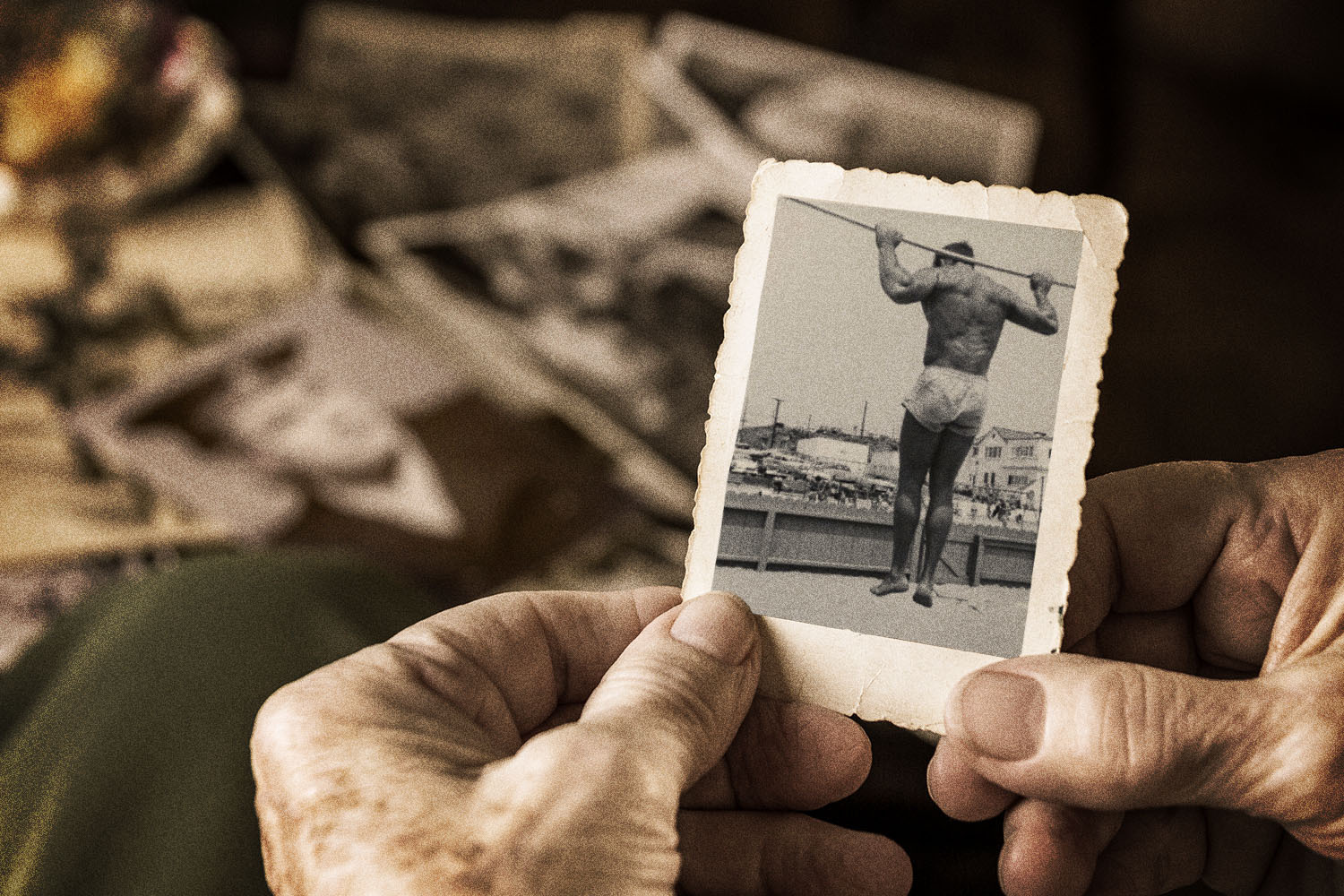According a recent study published in the Journal of Applied Psychology, the time-honored tradition of applying ice packs to sore or injured areas of the body might not be as effective as we think.
A group of researchers at Kobe University in Japan put 40 healthy male mice through a simple experiment: they used electrical stimulation to contract the rodents’ muscles (the equivalent of a tough leg workout), then outfitted half of them with miniature ice packs. All the while, they studied changes in muscle fibers at the molecular level, to understand the relationship between inflammation, recovery, muscle-building and icing.
Their findings? Pretty clear. Icing the afflicted areas not only offered no tangible benefit, it actually slowed down the muscles’ ability to heal and grow back stronger on a timely basis. In the mice who didn’t have ice packs, the tissue’s response system of a wide number of pro-inflammatory cells had rushed in by day three. (These cells usher in swelling, while the next wave of cells encourage muscle growth.) But the mice with ice packs didn’t see that sort of progress for seven days. And while two weeks was enough to complete the entire process when an ice pack wasn’t used, the iced mice were still trying to heal 14 days later.
Obviously, this study involved creatures with legs the size of a toothpick. The researchers plan to test the theory on humans sometime in the future. But the implications are pretty significant, regardless. As one professor wrote: “In our experimental situation, icing retards healthy inflammatory responses.” This isn’t ground-breaking information, necessarily — Gretchen Reynolds of The New York Times points out that “exercise scientists have [been] throwing cold water on the supposed benefits of icing” for years now.
What’s the disconnect, then? How did we get here? Because ice packs are effective at reducing swelling we’ve long assumed it was a good idea to address that swelling the second it happens. After all, a swollen muscle looks gnarly. It can be painful. But this sort of research suggests that the body should be left to its own devices. It will form healthy new tissue, at a quicker rate, when left alone. One key point, though: this philosophy doesn’t apply to gentler exertion. Scientists haven’t addressed day-to-day soreness yet — which many like to address with bouts of “cold therapy” — only big-time exercise strain.
All told, it’s a developing topic in recovery study. But instead of waiting for the next double-blind study to come out of Japan, Sweden or California, we recommend trying out the research on yourself. The next couple times you really get after it, try an ice pack one time, and no ice pack the next. These changes are being seen at the molecular level, but previous studies suggest you’ll be able to monitor your pain levels, and compare the celerity with which you’re able to get back to activity.
The Charge will help you move better, think clearer and stay in the game longer. Subscribe to our wellness newsletter today.


















